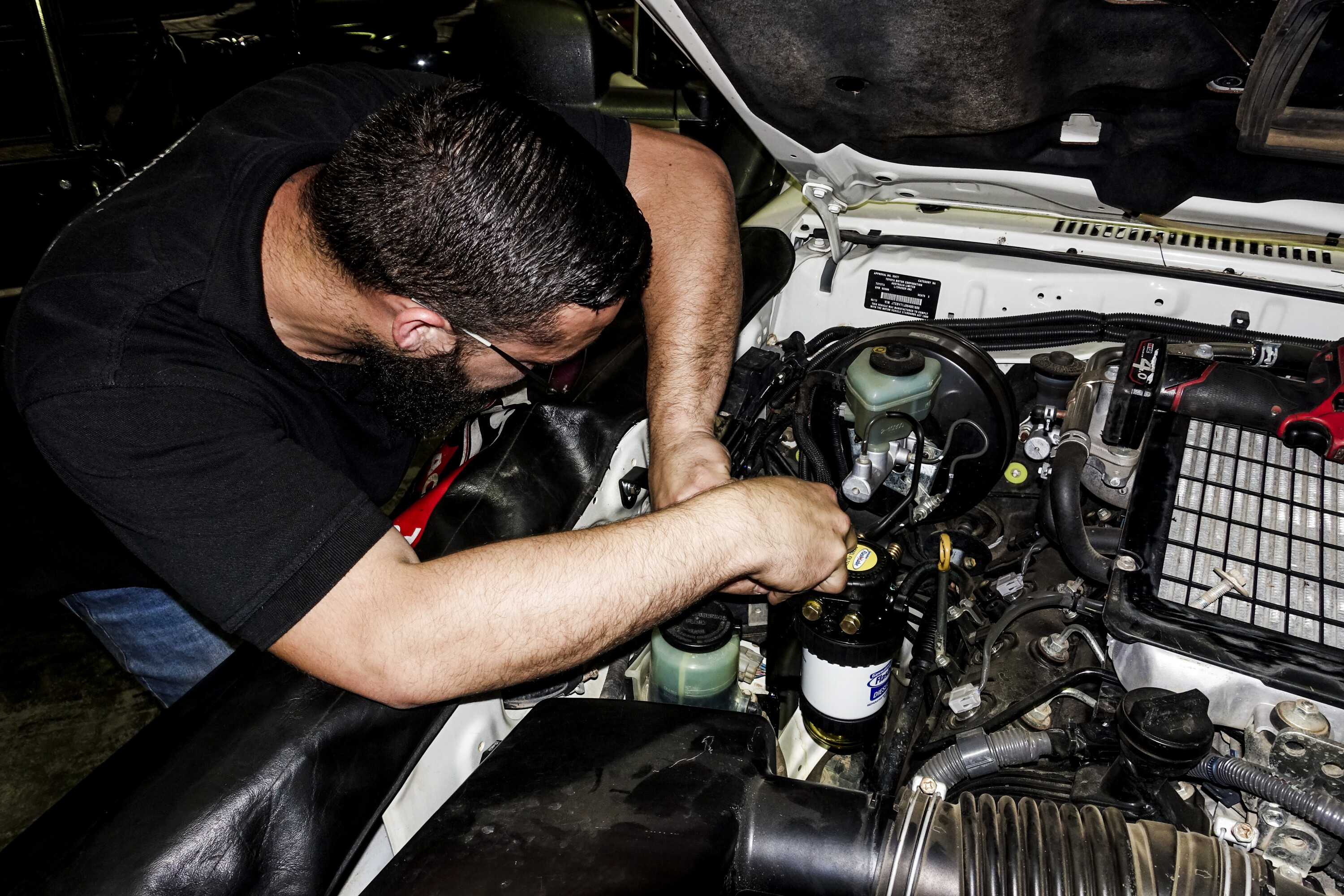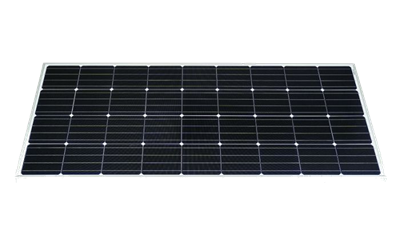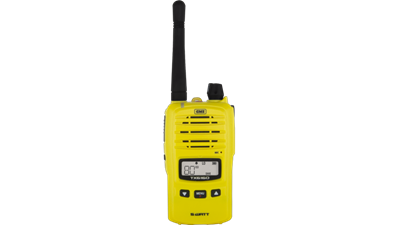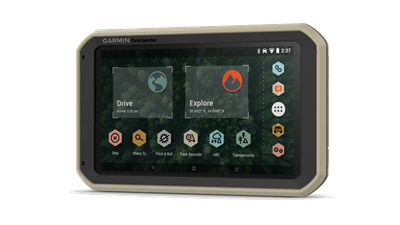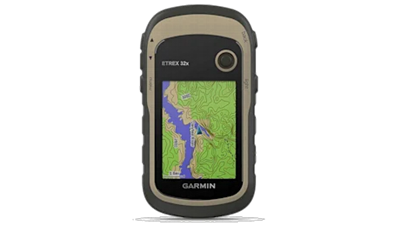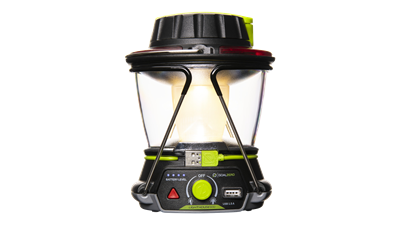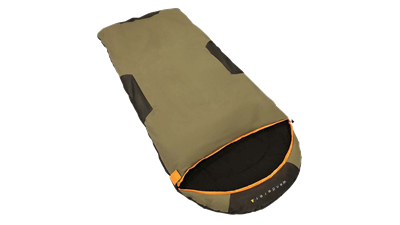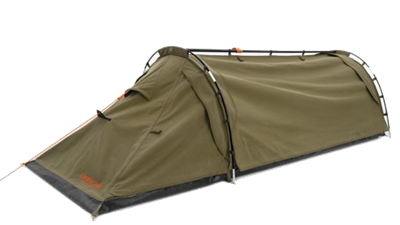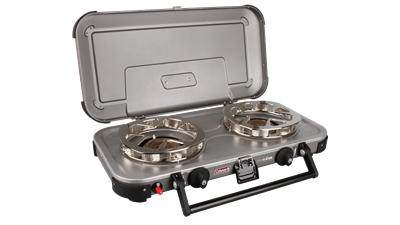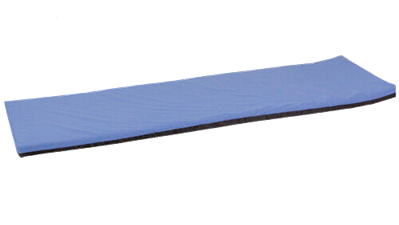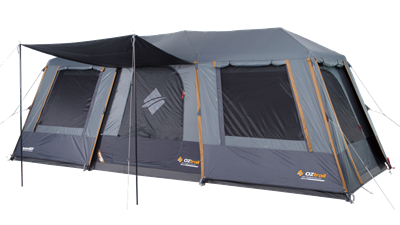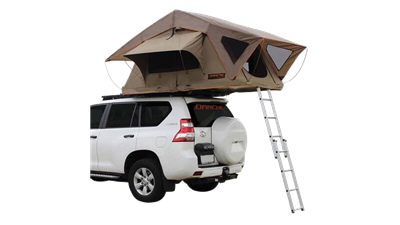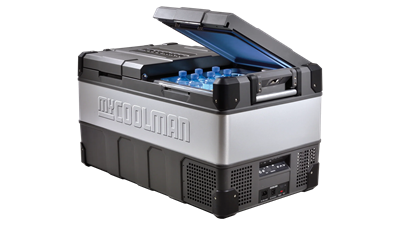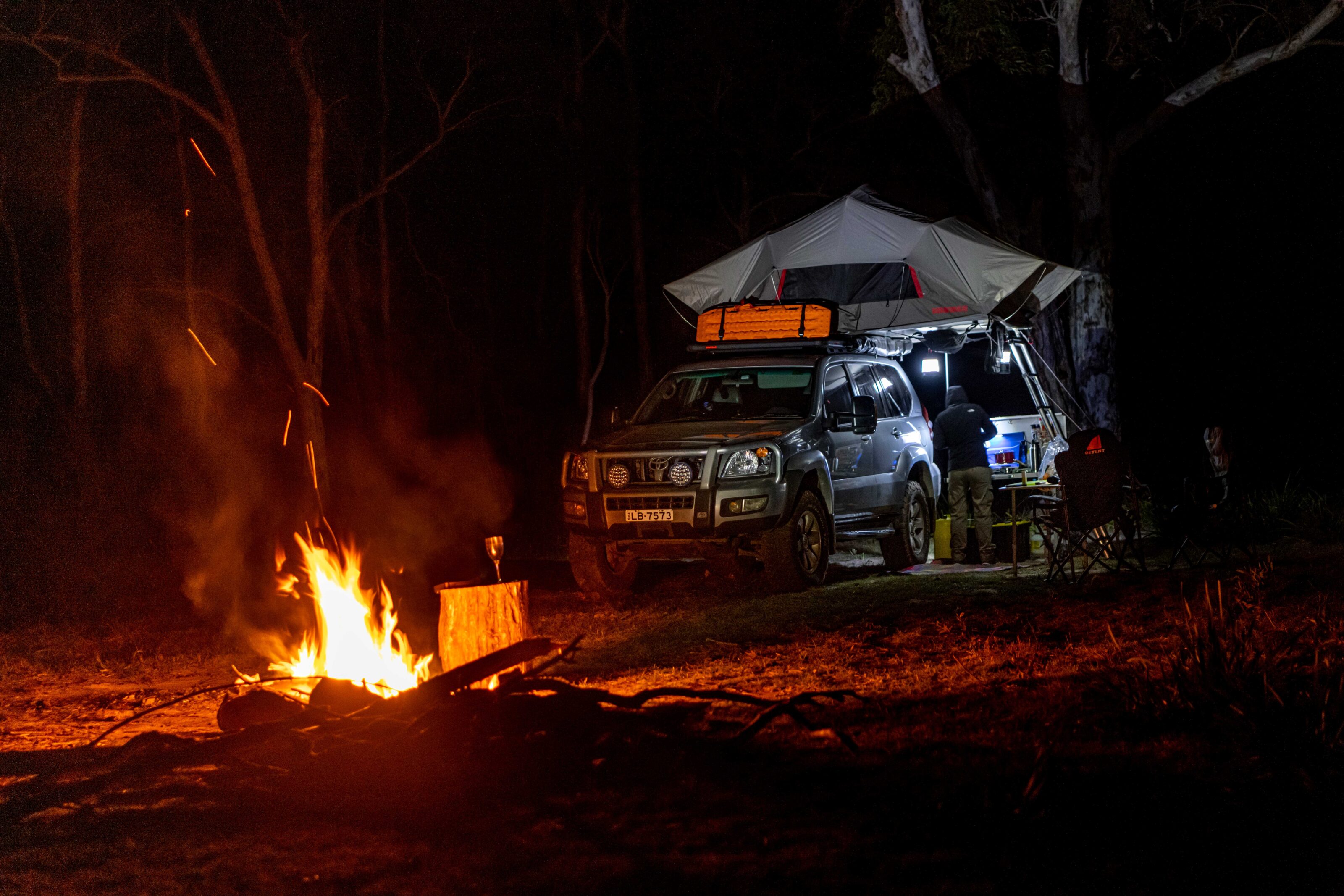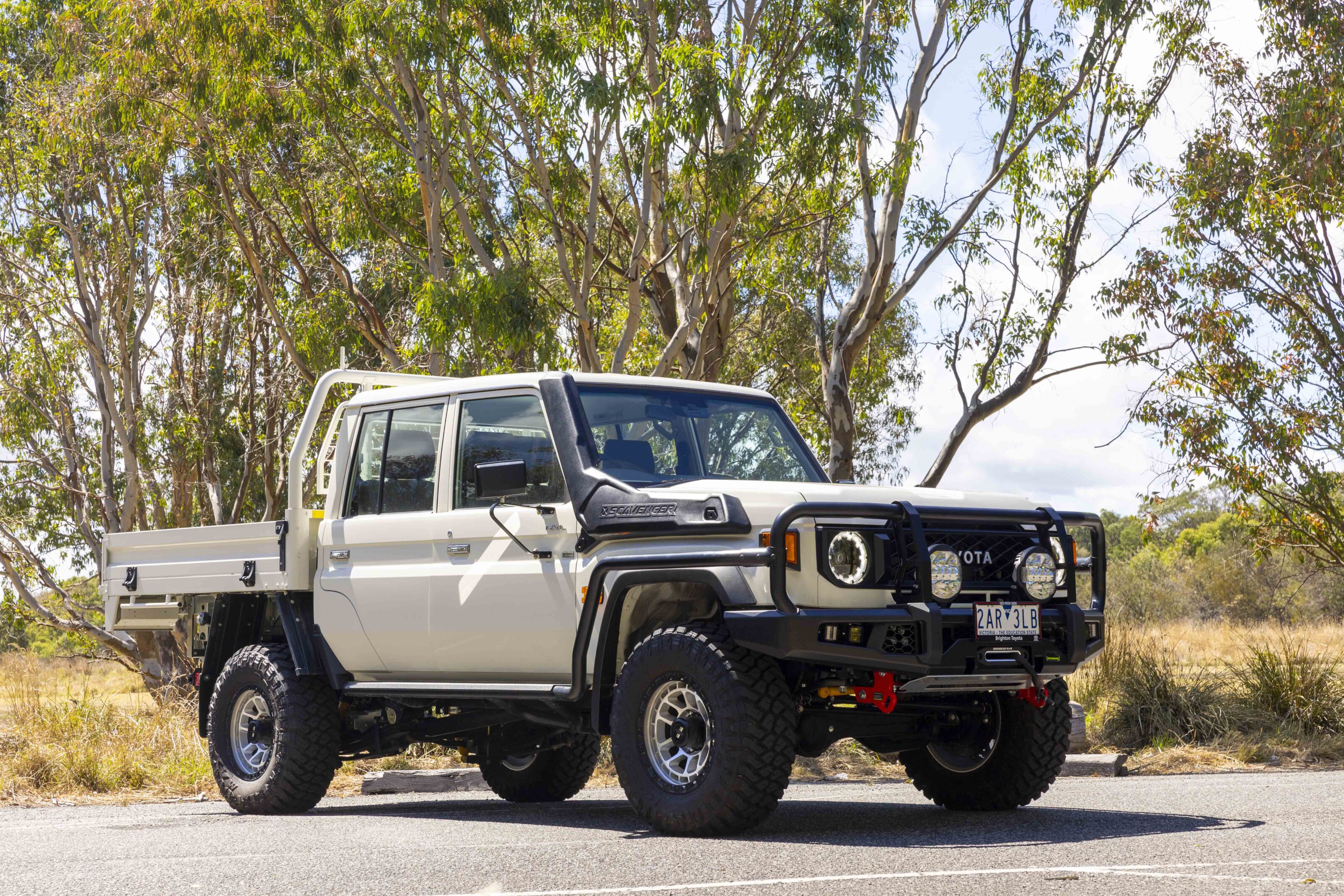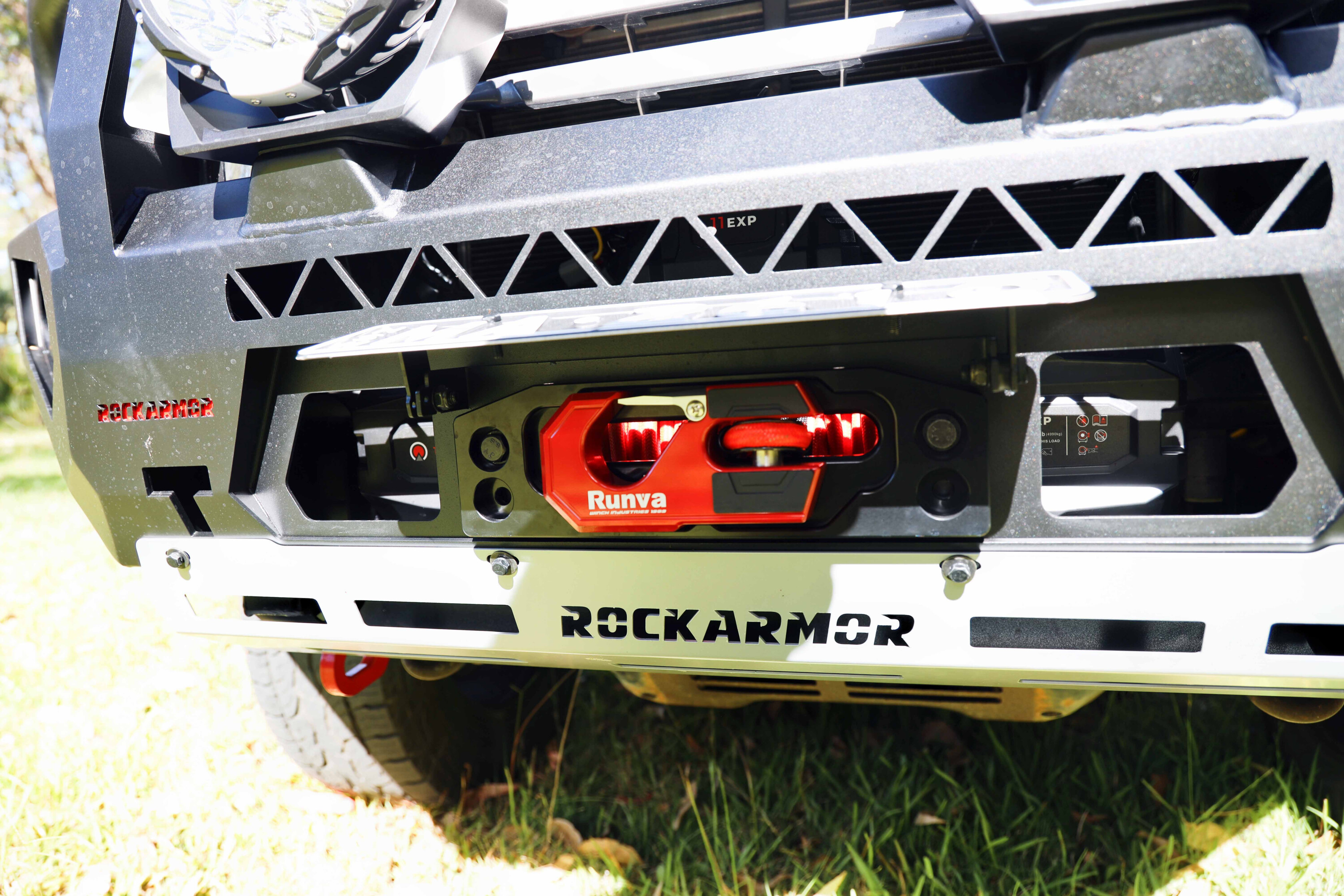There’s a bit of a tradition on social media: He or she who shouts loudest tends to get more eyeballs.
It’s true, but it’s also a trap, because the online world is absolutely full of wackos spouting absolute rubbish. And if they happen to be loud wackos… well, you can see the problem.
The point being, just because you saw it on the internet doesn’t make it a fact. And there’s no better example of that than some of the misinformation going around regarding auxiliary fuel filters on common-rail turbo-diesel engines.
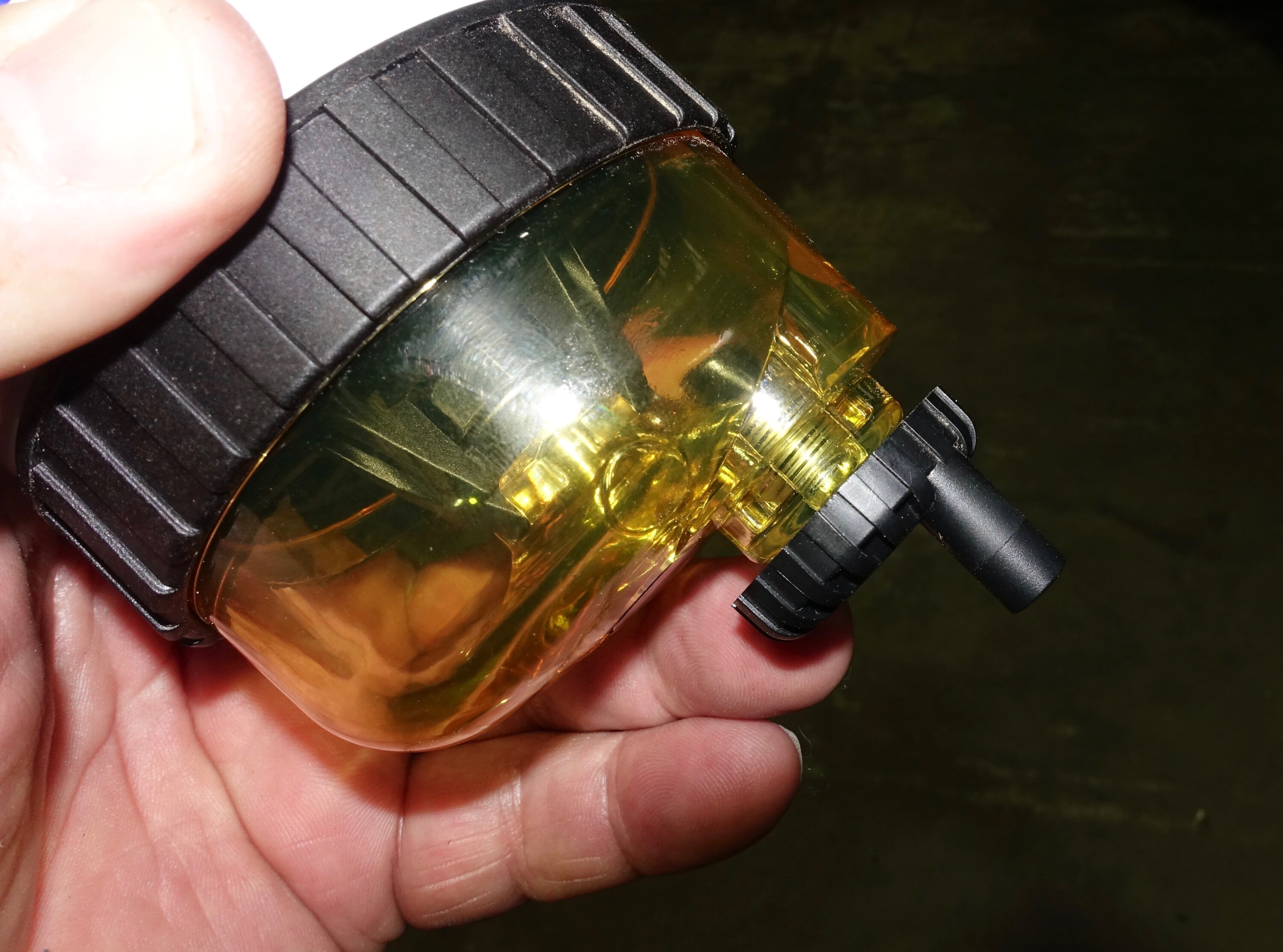
What filters are we talking about?
The filters in question are the aftermarket kits that add an extra filter to the vehicle’s fuel system.
In the old days, this was a pretty straightforward subject, and an extra filter with a water-trap was considered a good idea to prevent a tankful of dodgy diesel finding its way through to your engine.
But things have changed as the march of technology has pushed the average off-roader’s engine towards the space-shuttle end of the tech spectrum. To say fuel filtration is not a simple matter any more is an understatement.
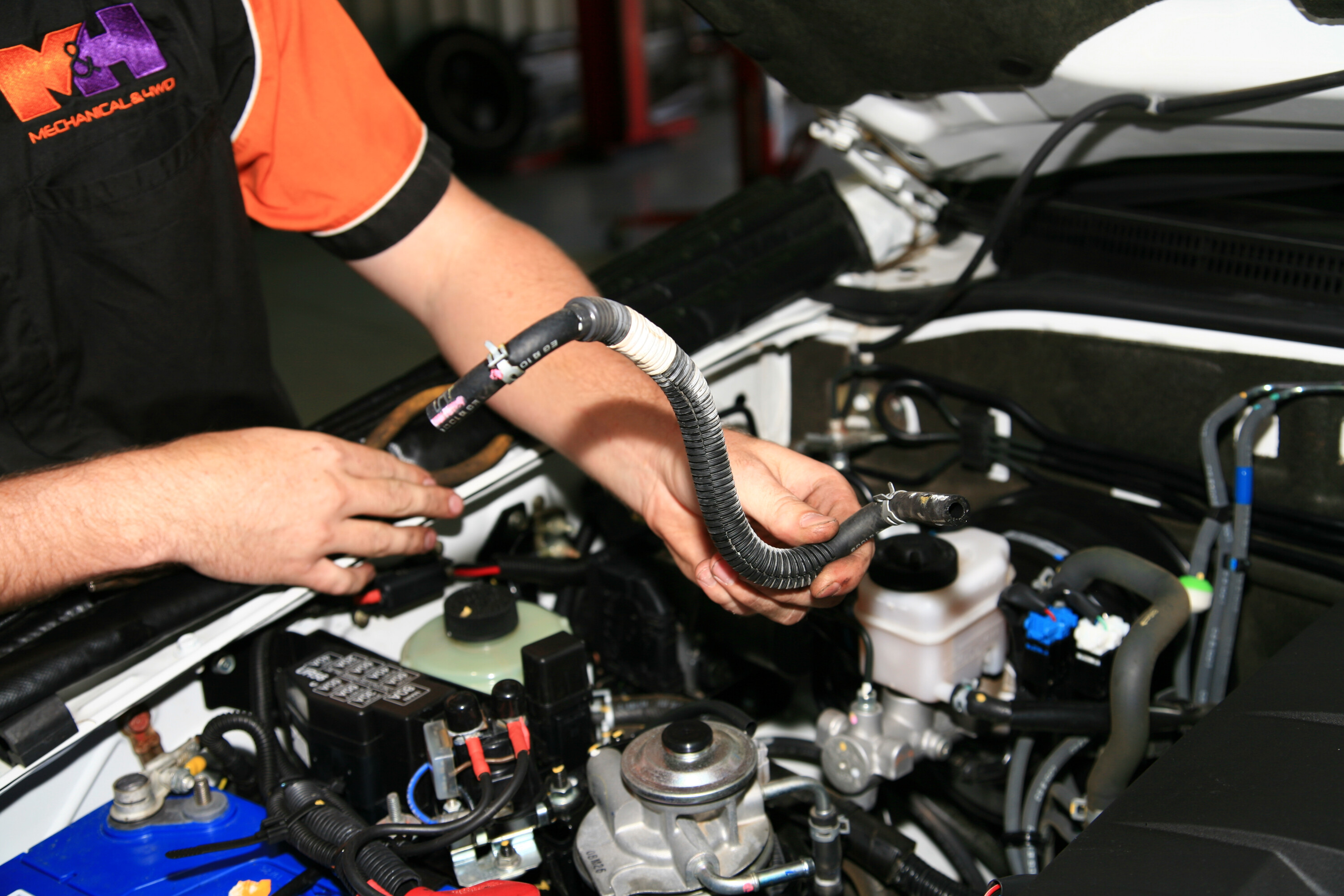
In most cases, the filters we’re talking about are fitted to the fuel system upstream of the vehicle’s factory filter, making them a pre-filter. There are many brands available but, typically, not all of them are created equal.
Which is a major cause of the confusion surrounding them. Like any fuel filter, their job is to allow diesel through to the injectors while trapping dirt, water and other contaminants safely inside the filter body where it can’t do any harm.
Dirty fuel?
When you consider that diesel fuel doesn’t sit around in open drums waiting for dust to settle on it or birds to crap in it, you might wonder how contaminants get in there in the first place.
But think about it; water and dirt are naturally occurring substances, so there’s always a chance some of either can make it into your vehicle’s fuel tank.
Many 4×4 owners are wary of outback servos where fuel might sit in the underground tanks for weeks or months before it’s used. And in many cases, rust that forms in older underground tanks can create scale that is pumped into your vehicle’s tank. Bingo! Instant contamination. Those same underground tanks can be susceptible to groundwater leaching into them with similar results.
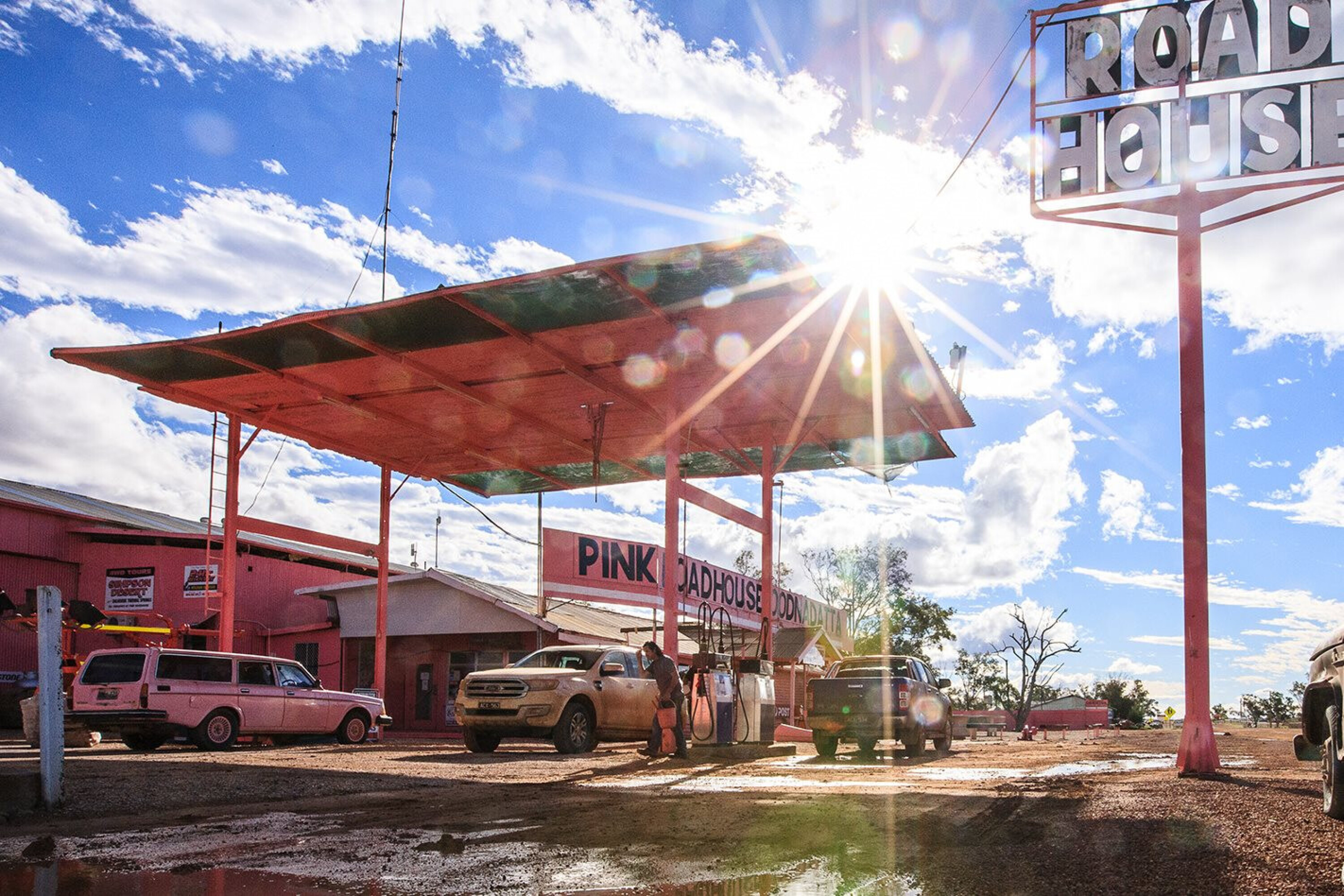
Even high-turnover service stations in the big smoke can have problems with water entering storage tanks, and this is simply due to moisture in the air condensing inside the cold underground tank and mixing with the fuel.
Have you ever lifted your engine’s oil cap to find a grey, slimy muck on the inside of it? Many people think this is a sure sign of a blown head gasket (which it can be) but sometimes it’s simply water from the air inside the crankcase that has condensed on the cold internal walls and then evaporated off as the engine runs, sticking to the oily underside of the cap and creating the scary gloop you’re now looking at.
You don’t want that stuff in your engine, and you sure as hell don’t want it in your injectors or injector pump.

Perhaps you’ve heard the theory that if a tanker is filling up the underground tanks of a service station, you should move on to the next servo. That’s actually good advice, because the action of pumping the bulk fuel from the tanker will stir up any contaminants at the bottom of the underground tank. There’s actually a law in Germany that forbids the sale of fuel from an underground tank within an hour of a delivery having been made, and it’s a law we should consider here.
The point of all this being that dirty fuel is not something that should come as a total surprise. A problem, sure, but not a mystery.
Why do we need filters now more than ever?
If you look at an old Toyota 1HZ engine, as used in 80 and 100 Series LandCruisers, you soon realise that this workhorse of a thing is about as sophisticated as a fart joke and is fairly tolerant (up to a point, of course) of crook fuel.
Fast forward to 2023 and the common-rail turbo-diesel in your new 4×4 is a vastly more complex and sophisticated machine. And it’s a lot unhappier when presented with anything but a diet of pristine diesel.
The diesel injectors in, say, the current HiLux run fuel pressures of around 38,000psi. That’s enough to take your arm off (water-jet cutting pressure starts at around 30,000psi) and certainly enough to ensure that any dirt or water in the fuel will cause absolute chaos, from poor running to damaging fuel pumps and even breaking the tips off injectors if the crud gets that far into the engine, and if it’s already past the filter(s), it will.
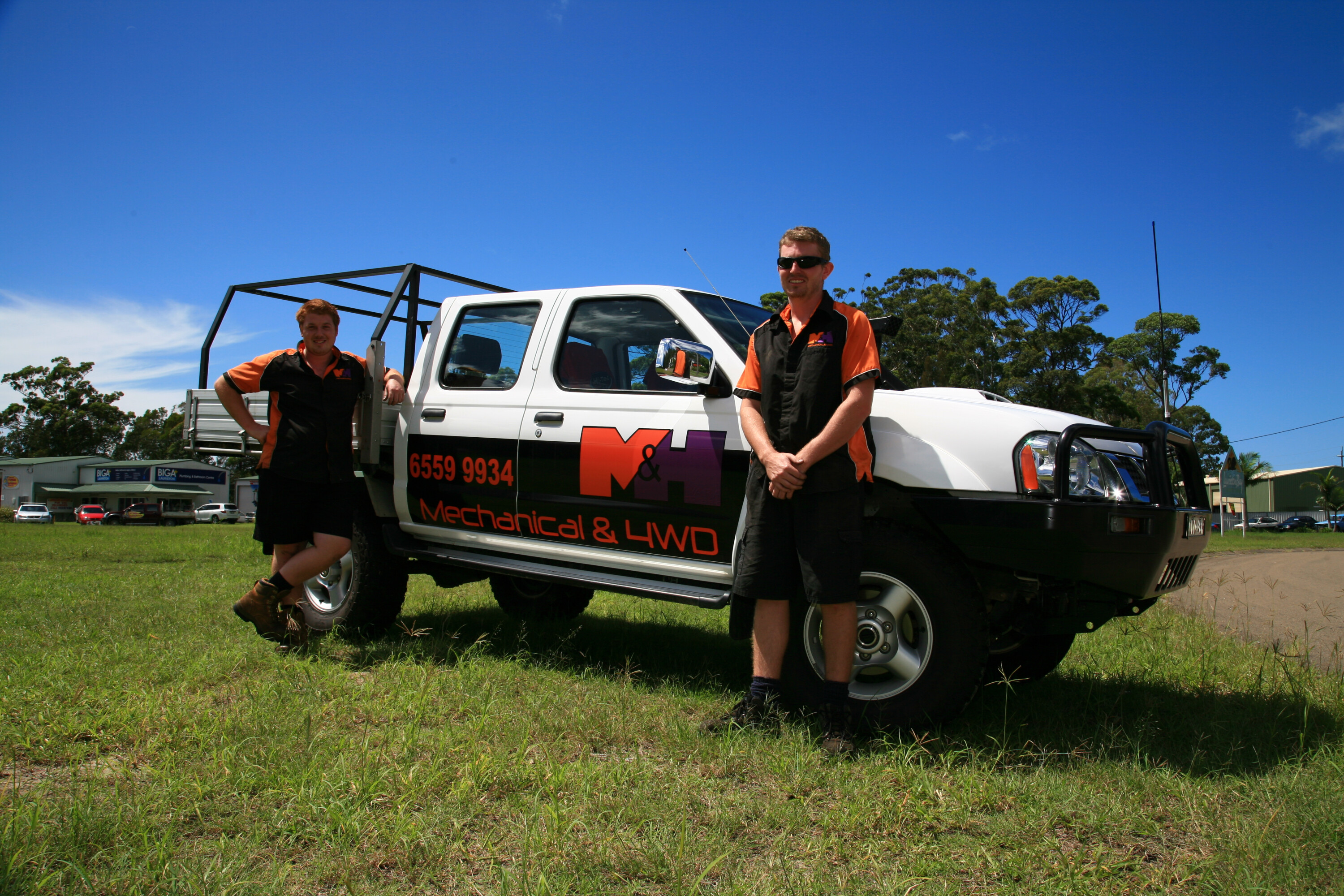
It all sounds pretty dramatic, but that’s the price of extracting so much power and torque from smaller, lighter engines. Clearly, stopping any contamination before it gets that far is the obvious aim of the filtration game.
That explains why vehicle manufacturers fit their own filtering systems, but do those dangers also explain an aftermarket pre-filter? Yes, is the short answer. As Brent Hutchinson, GM of the Don Kyatt Group which markets Flashlube products, puts it: “Why would you say no to more filtration if it isn’t messing up your injection?”
But within that statement is a big clue to the layers of misinformation out there in the ether: ‘As long as it isn’t messing up your injection’. So where does a pre-filter go rogue and create problems? And why don’t vehicle manufacturers like aftermarket pre-filters?
Latest Gear Guides
-
Suspension
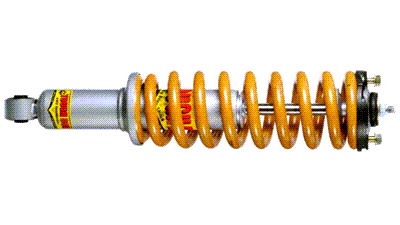
-
Lights
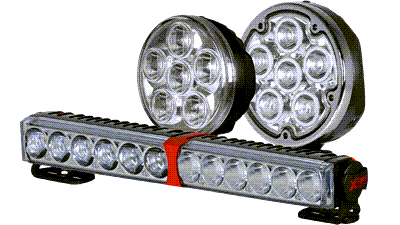
-
Canopies
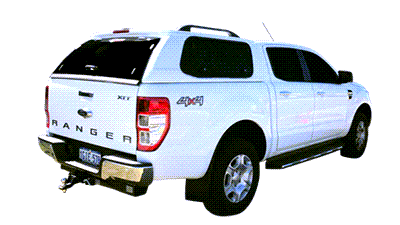
-
Bullbars
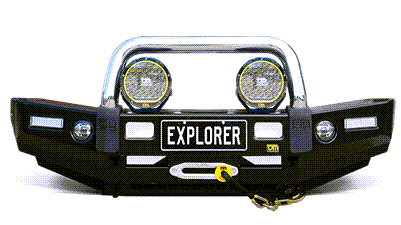
-
Roof Racks
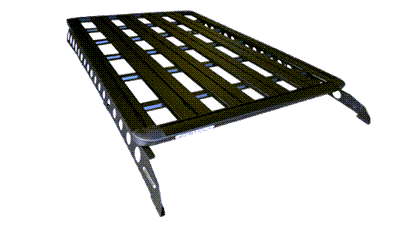
-
Recovery Gear
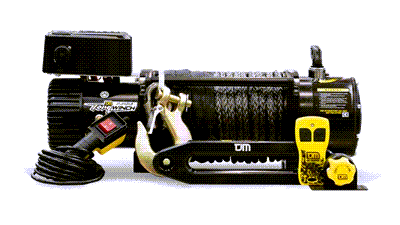
-
Storage
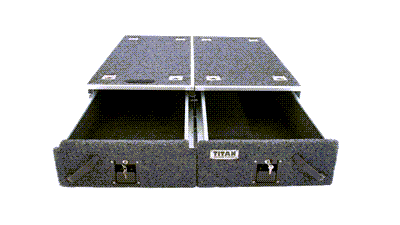
-
Tools
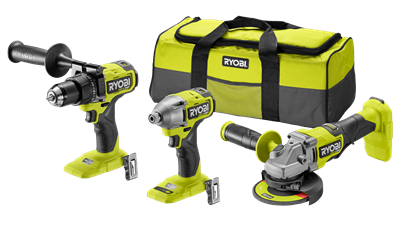
-
Camping
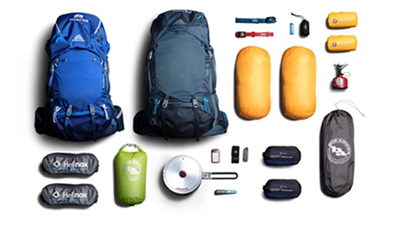
-
Tents & Awnings
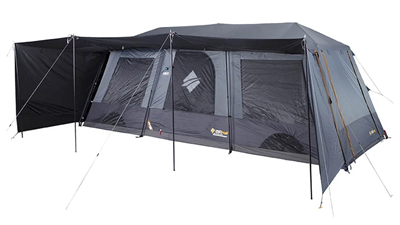
-
Portable Power
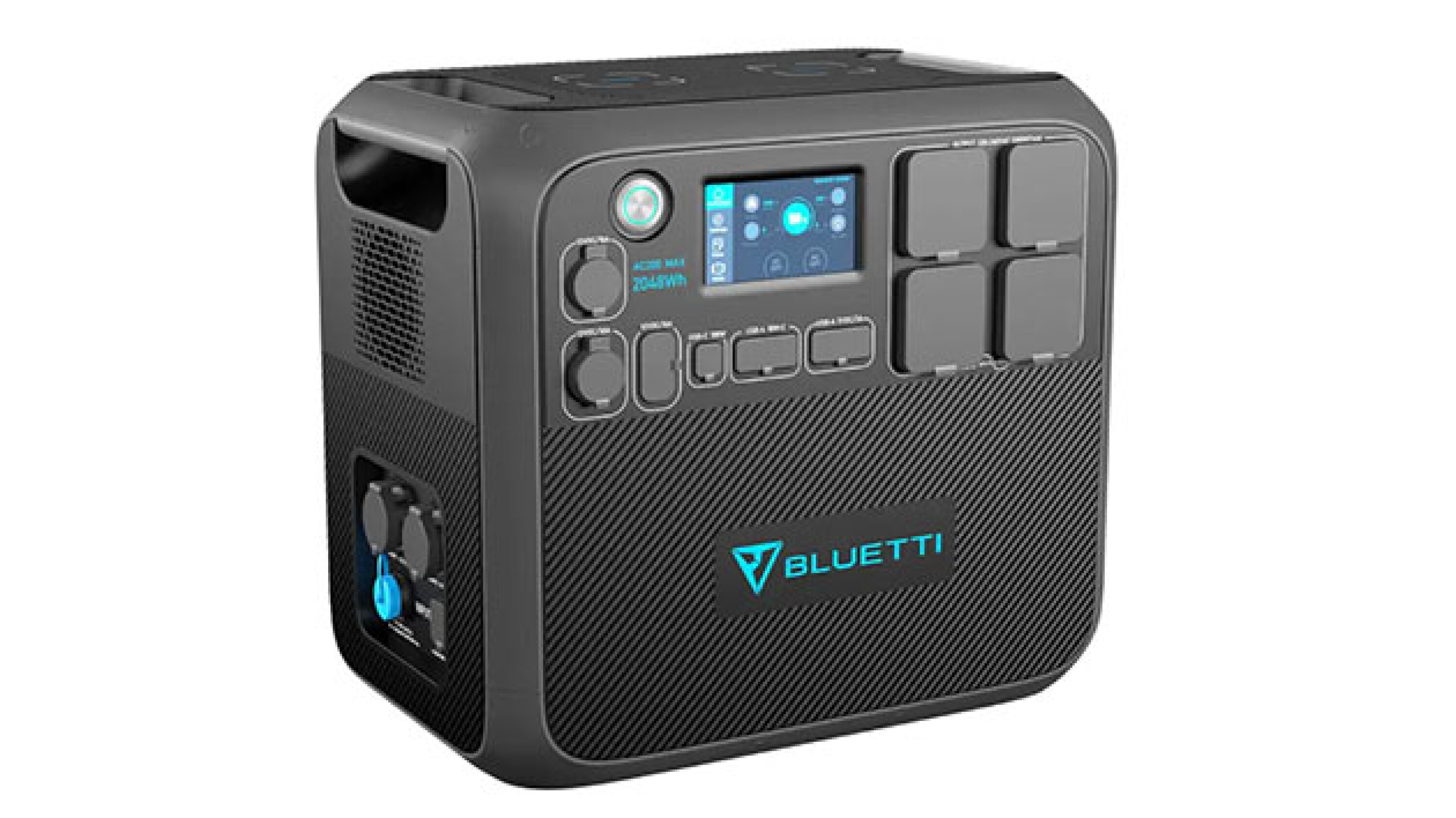
Bad blood
Much of the online white-noise surrounding pre-filters is that they’ll void your new-car warranty.
Well, maybe, but if the pre-filter hasn’t caused or contributed to whatever it is that’s failed on your 4×4, then it can’t be held responsible for the failure. That’s just logic (not something that is universally exhibited in online forums).
But there’s another, better reason for the OEMs taking a stand against aftermarket pre-filters. It’s not that most vehicle manufacturers aren’t in favour of keeping clean fuel up to the engine, it’s rather that they can’t control what owners fit to their vehicles. Fit an El Cheapo Inc. pre-filter kit and you’re a fair chance to have problems. And that’s why your dealership will threaten to shred your warranty for fitting a filter kit, because they have lumped all aftermarket filters into a single too-hard basket.
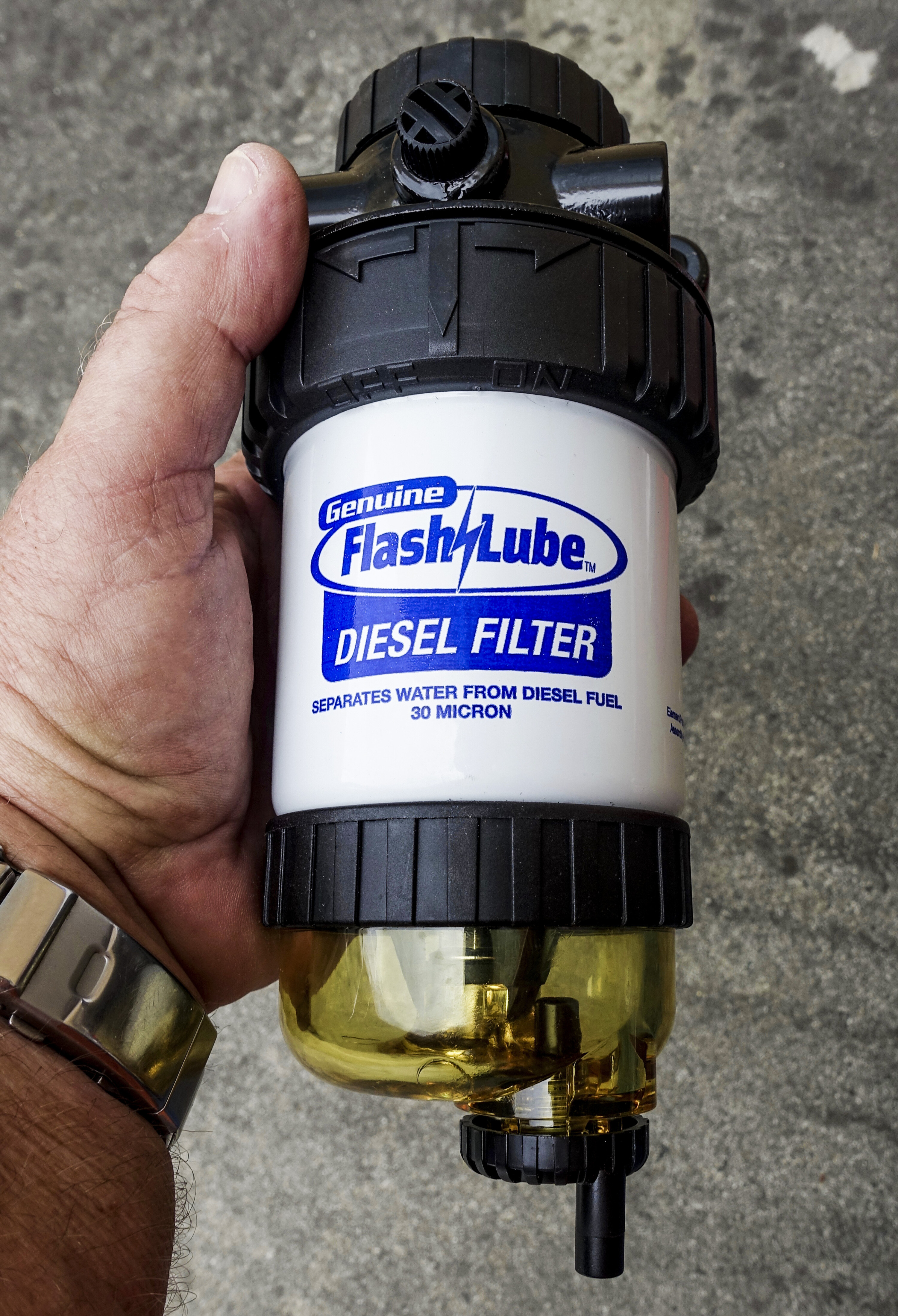
Brent Hutchinson has seen it all before: “The OEMs should love them (pre-filters) because they stop your engine blowing up. But you’d hate them too if they were creating problems with your engines.”
And he says the warranty issue is changing, too. “Some people say the OEMs won’t warrant engines with aftermarket filters. But they’ve become a bit smarter now and they’re trying to address the issue. They don’t warrant bad fuel anyway.”
The big problem, apparently, is that the vehicle manufacturers reckon an aftermarket filter causes problems by restricting the flow of diesel to the engine. That is, the filtering medium is so dense that not enough fuel can pass through to keep up with the high pressures the modern common-rail injection system needs.
You can see their point, too. If the factory filter uses, say, a five-micron filtering medium and manages to produce enough fuel pressure to operate, and then you fit a three-micron filter, inline, into the same system, there’s a chance that the injection pressure could fall. And if that happens on a modern 4X4, it can be lights-out pretty quick.
The solution, says Brent Hutchinson, is to make sure any pre-filter you fit works with the standard filter, not against it.

“Most OEM set-ups use a standard filter of between three and seven microns. Our filter is 30 microns, so it won’t impede pressure or flow. Experts in the game reckon that 30 microns is the optimum size and it allows the flow that will trap the most contaminants; the speed that will give maximum filtration. So, if you have a pre-filter pulling out 95 percent of dirt out of the fuel, the OE filter has a much easier job to do.”
Ryco Australia’s 4×4 business development manager (and Chair of the National 4X4 Industry Council) Emma Laukens, points out that it’s important to understand how the micron rating of a particular filter is measured.
“Our most popular filter kit uses a 10-micron filter,” she said, “but you also need to know how a particular filter manufacturer arrived at that specification. There’s an ISO standard for measuring microns and flow, which Ryco sticks to as we have our own test facility. But across the industry, you might find that apples aren’t apples and that our 10-micron filter is no more restrictive than somebody else’s 30-micron unit that has been measured and rated according to a different test.”
Emma also points to Australia’s inferior diesel-quality standards compared with Europe, and the sheer distances we travel in harsh conditions as causes for the OEM’s concerns.
Above or below?
There’s even more debate when the topic turns to whether your aftermarket filter should be fitted upstream or downstream of the factory filter.
The downstream school of thought has it that the factory filter is the one with the warning lights and buzzer, so that’s the one you want to catch the nasties and let you know about them.

Fans of the upstream alternative point to the fact that a good quality aftermarket filtration system can incorporate its own bells and lights. Also, they add, if the pre-filter is of the correct type, it can do a better job of trapping all the problems, allowing the factory filter to have an easier life.
“Definitely before the factory filter,” says Emma Laukens. “We take the view that if the contamination has made it to the factory filter, it’s already too late.”
This placement issue is also where Emma says the warranty hassles begin. “Some OEM warranties won’t accept a downstream filter.”
Servicing
The advice here is very simple: The instant you detect any contamination in the filter, it needs to be serviced and the medium replaced immediately. It’s kind of a you-have-been-warned deal, and ignoring this rule is asking for trouble.
The one you want
Like anything else in 2023, you really only get what you pay for in pre-filters.
Brent Hutchinson points out that the Flashlube product has been designed to work in about 40 different makes and models with specific mounting kits for each one. The kits also use OE mounting points, so there’s no drilling holes in your new vehicle.
Emma Laukens says that it’s important to use the correct fittings and fixtures in order to avoid restricting fuel flow.
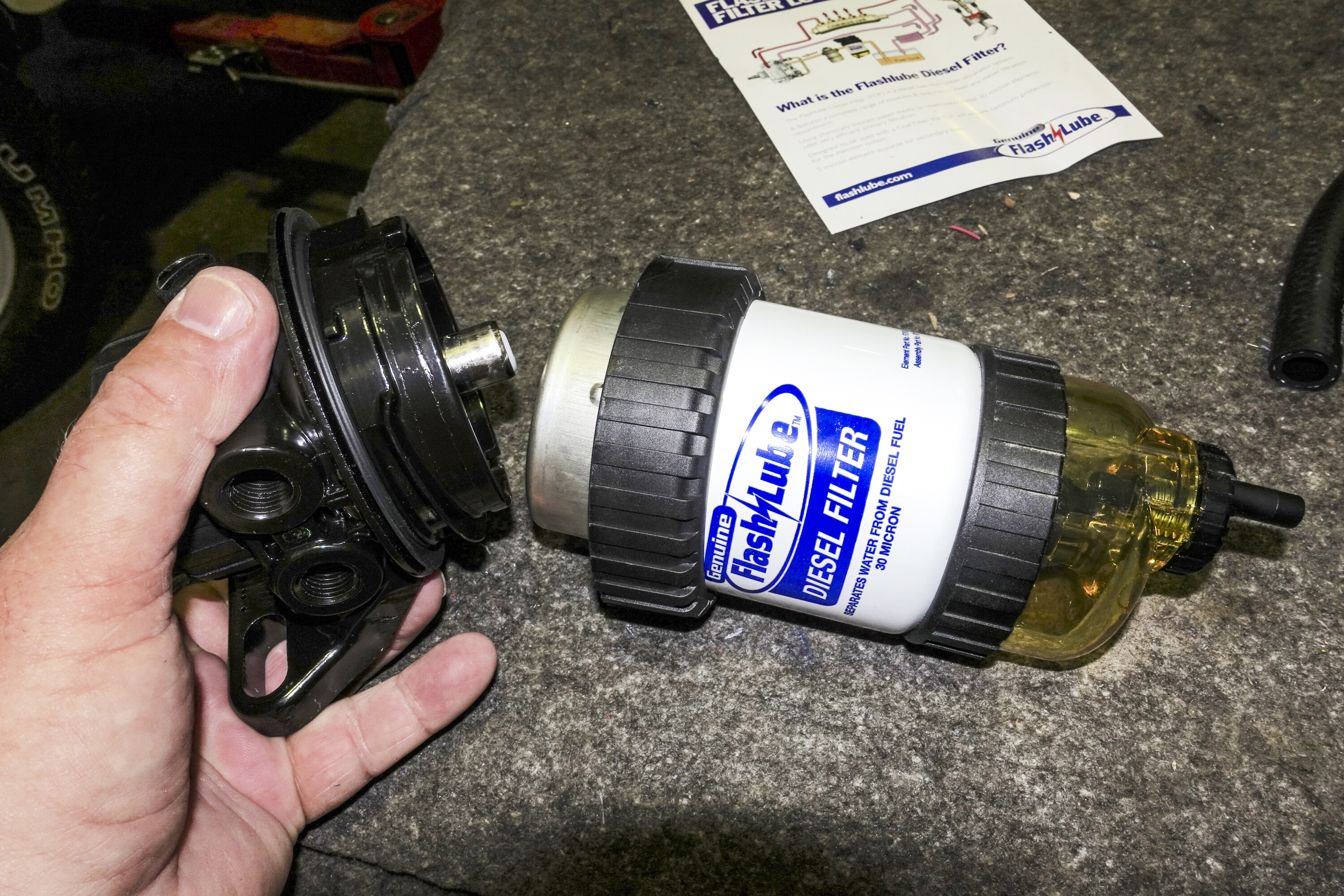
“That means the correct hoses and fittings; as big as the factory stuff or bigger. Also, it’s very important you don’t fit a filter designed for an old-school diesel to a modern common-rail vehicle. Small water particles are the big hazard for a modern turbo-diesel, so that’s what the filter needs to be very good at eliminating.
“You have to remember that most of these modern engines use lift-pumps, so the vehicle is always drinking from the bottom of the tank. That stuff your dad told you (mine did, anyway) about not letting the tank drop below about a quarter-full? Makes no difference in common-rail engines.”
Top five diesel filter tips
- Make sure you pre-filter is compatible with your OE filter.
- Fit filter upstream of the factory filter.
- Service the filter as soon as contamination is detected.
- Use the correct fixtures and fittings.
- Don’t refuel when service stations are being restocked by a tanker.
We recommend
-
 Gear
GearHow to maintain a 4x4's filtration system
Common sense and proper planning keep 99 per cent of contaminants out of your 4x4. Here’s how to stop the last one per cent.
-
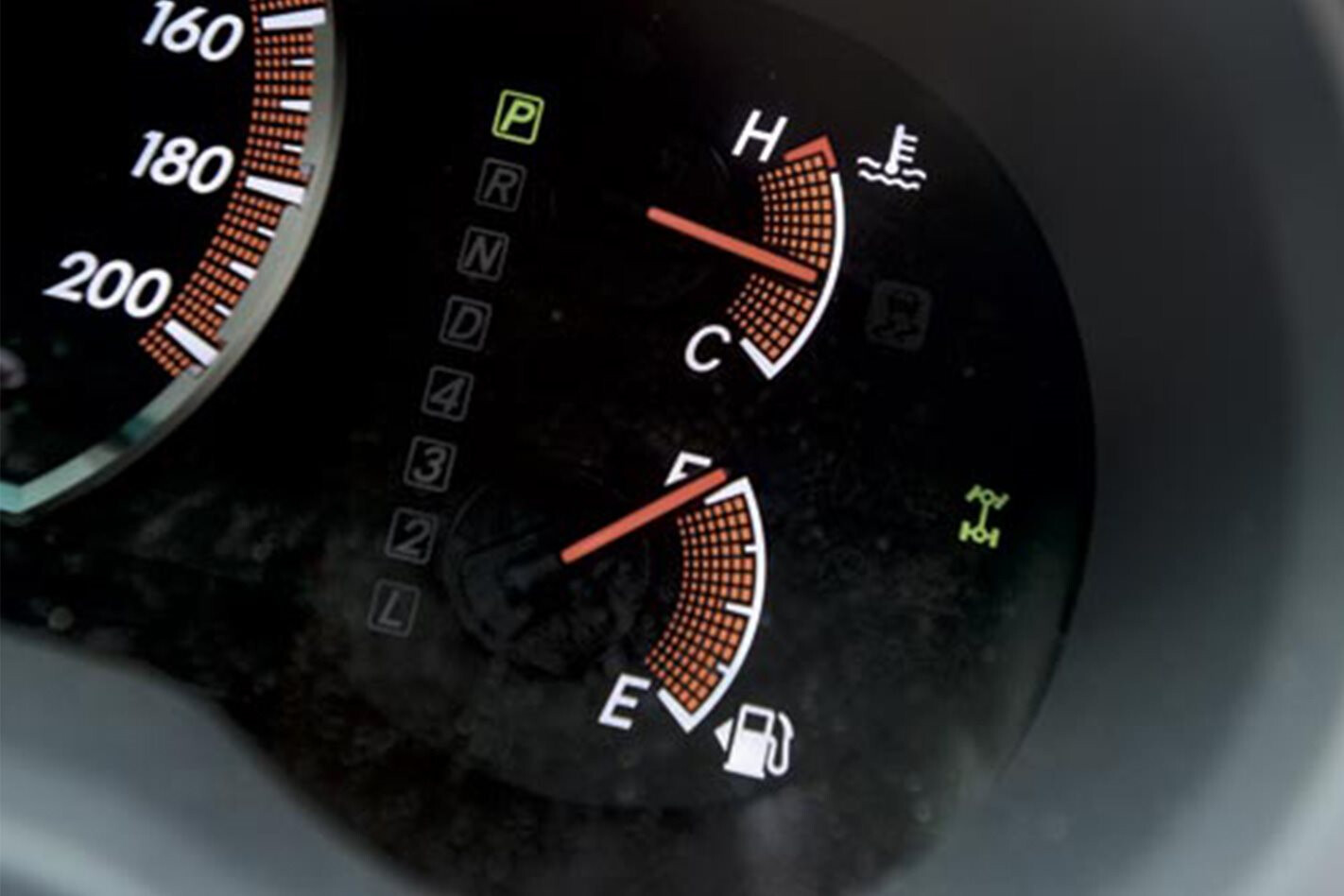 Gear
GearFuel Comparison: Diesel, petrol or LPG?
With the fuel debate raging, we take two 4x4s and crunch the numbers for diesel, petrol and LPG.

